Intro
Learn about Measles Virus, its symptoms, transmission, and vaccination. Discover key facts on measles outbreak, treatment, and prevention, including rashes, fever, and immune responses.
The measles virus is a highly contagious and infectious disease that affects millions of people worldwide, particularly children. It is a significant public health concern due to its potential to cause severe complications and even death. Despite the availability of a safe and effective vaccine, measles outbreaks continue to occur, highlighting the need for ongoing education and awareness about the disease. In this article, we will delve into the world of measles, exploring its history, symptoms, transmission, and prevention, as well as the latest research and developments in the field.
Measles has been a persistent threat to human health for centuries, with the first recorded outbreak dating back to the 7th century. The disease was once a common childhood illness, but with the introduction of the measles vaccine in the 1960s, the number of cases significantly decreased. However, in recent years, there has been a resurgence of measles outbreaks, largely due to declining vaccination rates and the spread of misinformation about vaccine safety. This trend is alarming, as it puts vulnerable populations, such as young children and individuals with weakened immune systems, at risk of contracting the disease.
The measles virus is a complex and highly contagious disease that can have severe consequences if left untreated. It is essential to understand the symptoms, transmission, and prevention of measles to protect ourselves and our loved ones from this potentially life-threatening disease. By exploring the latest research and developments in the field, we can gain a deeper understanding of the measles virus and work towards a future where this disease is no longer a threat to human health.
What is Measles?
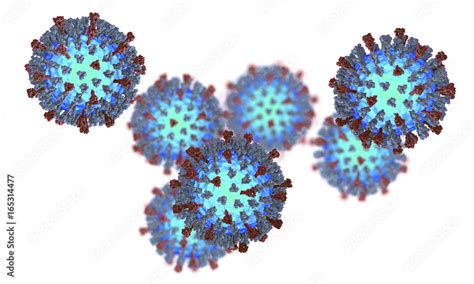
Symptoms of Measles
The symptoms of measles typically appear 10-14 days after exposure to the virus and can last for several weeks. The early symptoms of measles include: * Fever * Cough * Runny nose * Conjunctivitis (inflammation of the eyes) * Rash (appears 3-5 days after the onset of fever) The rash associated with measles is a distinctive feature of the disease and typically starts on the face before spreading to other parts of the body. In some cases, measles can cause more severe symptoms, such as: * Pneumonia * Encephalitis (inflammation of the brain) * Seizures * Hearing loss * BlindnessTransmission of Measles
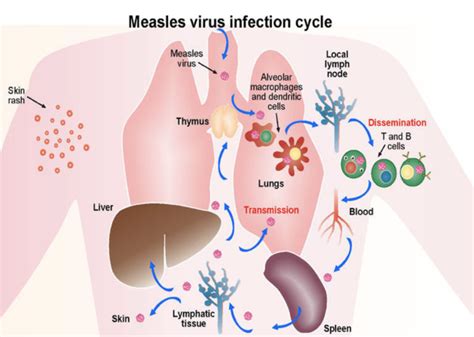
Prevention of Measles
The most effective way to prevent measles is through vaccination. The measles vaccine is typically administered in two doses, with the first dose given to children at 12-15 months of age and the second dose at 4-6 years of age. The vaccine is highly effective, with a success rate of 93% after one dose and 97% after two doses. In addition to vaccination, other preventive measures include: * Practicing good hygiene, such as washing hands regularly * Avoiding close contact with infected individuals * Staying home from work or school if symptoms appear * Avoiding travel to areas with ongoing measles outbreaksComplications of Measles
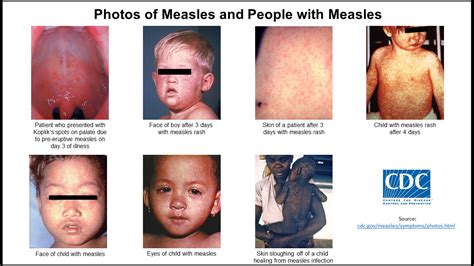
Treatment of Measles
There is no specific treatment for measles, but symptoms can be managed with: * Rest and hydration * Over-the-counter medications, such as acetaminophen or ibuprofen, to reduce fever and alleviate symptoms * Antibiotics, if a secondary bacterial infection occurs In some cases, hospitalization may be necessary to manage severe complications, such as pneumonia or encephalitis.Measles Outbreaks
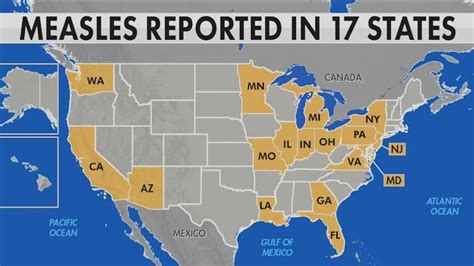
Measles and Vaccination
The measles vaccine is a safe and effective way to prevent measles. The vaccine is typically administered in two doses, with the first dose given to children at 12-15 months of age and the second dose at 4-6 years of age. The vaccine is highly effective, with a success rate of 93% after one dose and 97% after two doses. Despite the safety and efficacy of the vaccine, some individuals may be hesitant to vaccinate due to concerns about vaccine safety. However, numerous studies have shown that vaccines are safe and effective, and the benefits of vaccination far outweigh the risks.Measles Research and Developments
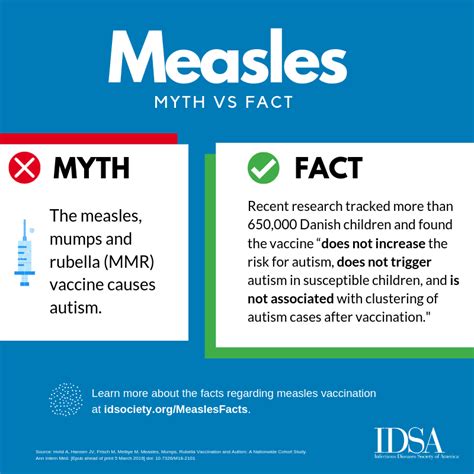
Measles and Global Health
Measles is a significant public health concern worldwide, particularly in areas with limited access to healthcare and vaccination. The World Health Organization (WHO) has set a goal to eliminate measles by 2020, but this goal is unlikely to be met due to ongoing outbreaks and declining vaccination rates. It is essential to continue education and awareness efforts, as well as to support global health initiatives, to reduce the burden of measles and protect vulnerable populations.Conclusion and Final Thoughts

What are the symptoms of measles?
+The symptoms of measles include fever, cough, runny nose, conjunctivitis, and a distinctive rash that appears 3-5 days after the onset of fever.
How is measles transmitted?
+Measles is transmitted through respiratory droplets, contact with contaminated surfaces, and direct contact with an infected person.
What is the best way to prevent measles?
+The best way to prevent measles is through vaccination, which is typically administered in two doses, with the first dose given to children at 12-15 months of age and the second dose at 4-6 years of age.
What are the complications of measles?
+Measles can cause a range of complications, including pneumonia, encephalitis, seizures, hearing loss, and blindness.
How can I protect myself and my loved ones from measles?
+You can protect yourself and your loved ones from measles by getting vaccinated, practicing good hygiene, avoiding close contact with infected individuals, and staying home from work or school if symptoms appear.
We hope this article has provided you with a comprehensive understanding of measles and its implications for human health. If you have any further questions or concerns, please do not hesitate to reach out. We encourage you to share this article with others to help spread awareness about the importance of vaccination and the risks associated with measles. Together, we can work towards a future where this disease is no longer a threat to human health.
